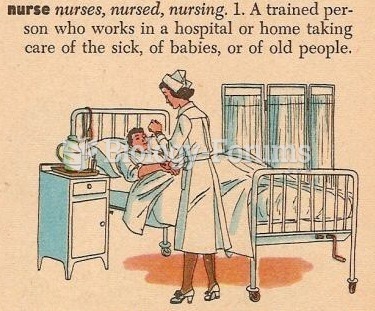Answer to Question 1
Correct Answer: 1
Rationale 1: The prototype drug is the original, well-understood drug model from which other medications in a pharmacological class have been developed. It is recommended that students first become comfortable with the broad drug classes and then gradually move to more specific examples, and the prototype drugs are excellent places to start.
Rationale 2: Generic versus trade names is considered specific examples in a broader classification.
Rationale 3: Generic versus trade names is considered specific examples in a broader classification.
Rationale 4: Learning about adverse effects of medications is important, but it is not a beginning step to understanding fundamental pharmacological content.
Global Rationale: The prototype drug is the original, well-understood drug model from which other medications in a pharmacological class have been developed. It is recommended that students first become comfortable with the broad drug classes and then gradually move to more specific examples, and the prototype drugs are excellent places to start. Generic versus trade names is considered specific examples in a broader classification. Learning about adverse effects of medications is important, but it is not a beginning step to understanding fundamental pharmacological content.
Answer to Question 2
Correct Answer: 4
Rationale 1: A proprietary drug name is the trade name of a medication.
Rationale 2: A combination drug is one that contains more than one active ingredient.
Rationale 3: A generic drug name is a name that is assigned by the U.S. Adopted Name Council.
Rationale 4: A prototype drug is the original, well-understood drug model from which other medications in a pharmacologic class have been developed.
Global Rationale: A prototype drug is the original, well-understood drug model from which other medications in a pharmacologic class have been developed. A proprietary drug name is the trade name of a medication. A combination drug is one that contains more than one active ingredient. A generic drug name is a name is assigned by the U.S. Adopted Name Council.







